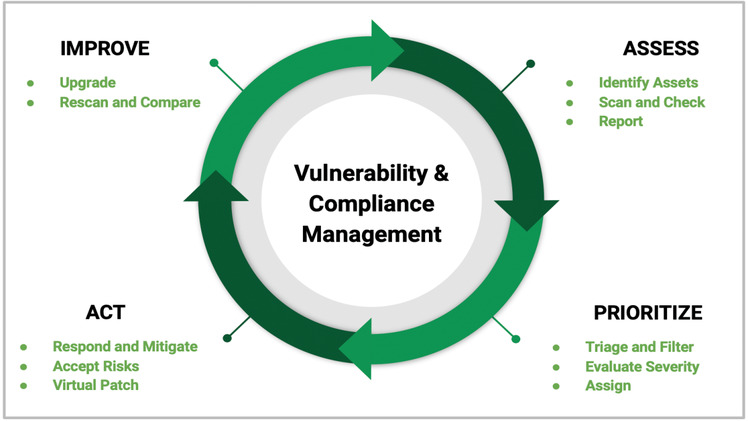Operations Security, commonly known as OPSEC, is a systematic and disciplined process that helps protect sensitive information and operations from being compromised. It is widely employed in various sectors, including the military, government, and private industry. OPSEC involves a series of steps and components designed to identify, protect, and manage critical information. In this article, we will explore the key parts of the OPSEC process and how they contribute to safeguarding sensitive data and activities.
Instructions manuals of operation security are documents that provide guidance on how to implement and maintain OPSEC in various contexts, such as military operations, government agencies, or private organizations.
1. Identification of Critical Information:
The first step in the OPSEC process is the identification of critical information. This includes recognizing what information needs protection and is at risk of compromise. Critical information can be classified as anything that, if revealed or exploited, would damage an organization’s security or compromise its mission. This may encompass plans, operations, capabilities, vulnerabilities, and more.
2. Threat Assessment:
Understanding the threats that an organization faces is a crucial part of OPSEC. Threat assessment involves analyzing potential adversaries, their capabilities, intentions, and methods they might use to obtain sensitive information. It helps in gauging the level of risk and the likelihood of an information compromise.
3. Vulnerability Analysis:
Once critical information and potential threats are identified, the next step is to assess vulnerabilities. Vulnerability analysis examines the weaknesses, gaps, or lapses in security that could be exploited by adversaries. This can include physical security measures, personnel practices, or communication protocols that may leave information exposed.
4. Risk Assessment:
A risk assessment is the process of evaluating the probability of a threat exploiting a vulnerability and the potential impact of such an occurrence. This part of the OPSEC process helps organizations prioritize which information and assets need the most protection. It also aids in allocating resources effectively to mitigate risks.
5. Measures Development:
Based on the identification of critical information, threat assessment, vulnerability analysis, and risk assessment, measures to protect sensitive information are developed. These measures can take various forms, including physical security improvements, changes to operational procedures, encryption, compartmentalization of information, or enhanced training for personnel.
6. Implementation of Measures:
Implementing the developed measures is a crucial part of OPSEC. This involves putting the identified security enhancements into practice to safeguard critical information. This may require changes in security protocols, communication systems, and daily operational procedures.
7. Review and Monitoring:
The OPSEC process is not a one-time task but an ongoing effort. Regular reviews and monitoring are essential components. This includes assessing the effectiveness of the measures in place and identifying any new vulnerabilities or threats that may have emerged. If needed, adjustments and enhancements to the OPSEC program are made.
8. Training and Awareness:
Another critical part of the OPSEC process is training and awareness. Personnel at all levels of an organization must be educated about the importance of OPSEC and their role in protecting sensitive information. This includes recognizing and reporting suspicious activities that may pose a threat to information security.
9. Documentation:
Documentation is an integral component of the OPSEC process. Proper records of the steps taken, assessments, measures, and reviews should be maintained. Documentation helps in accountability, auditability, and continuity of the OPSEC program.
10. Response and Recovery:
While primarily a preventative process, OPSEC also encompasses response and recovery in case of a security breach or compromise. Organizations should have plans in place to address and mitigate the consequences of a breach while learning from the incident to prevent future occurrences.
In conclusion
The OPSEC process is a systematic and proactive approach to safeguarding critical information and operations from compromise. It involves a series of steps, from identifying vital information and assessing threats to developing and implementing protective measures. Regular review, training, and documentation are also essential components of a comprehensive OPSEC program. By adhering to these principles, organizations can significantly enhance their security posture and reduce the risk of information breaches.


